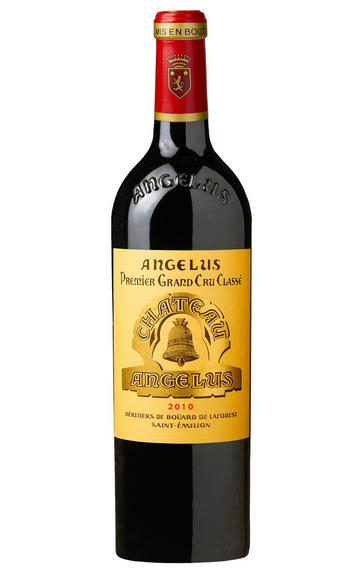
2010 Château Angélus, St Emilion, Bordeaux
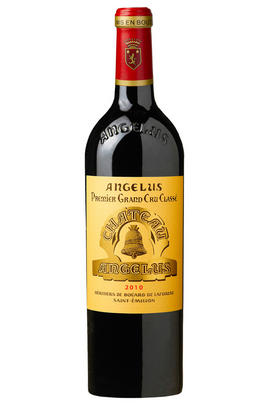
Critics reviews
Robert M. Parker, Jr. - 28/08/2015
(Jancis Robinson MW- jancis robinson.com April 2011)
(James Molesworth – The Wine Spectator – Mar 2011)
(98 Robert Parker- Wine Advocate- Feb 2013)
A blend of 55% Merlot and 45% Cabernet Franc cropped at 32 hectoliters per hectare, the 2010 may not hit the peaks of the extraordinary 2009 or 2005, but it is another fabulous wine from proprietor Hubert de Bouard. It boasts an inky/blue/purple color along with abundant aromas of acacia flowers, blueberry liqueur, black raspberries, licorice and subtle toasty oak in the background. A notion of graphite emerges as the wine sits in the glass, which tends to be a characteristic of Angelus. Long, rich, dense and full-bodied with high but well-integrated tannins, it will rival the 1989 and 1990 as well as the 2009 and 2005 as one of the finest wines made at this estate. At present, the 2009 has a slight edge because of its more sumptuous texture. Nevertheless, the 2010 is a great wine with a future of at least 30 years!
(94-96+ Robert Parker- Wine Advocate- May 2011)
About this WINE
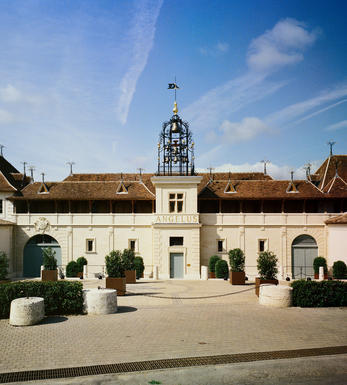
Château Angélus
Château Angélus is one of the largest and most prestigious estates in St Emilion. It was promoted to Premier Grand Cru Classé A status in the 2012 reclassification. The de Boüard family has made wine here since 1782. The estate is now run by eighth-generation Stéphanie de Boüard-Rivoal, who took over from her father, Hubert de Boüard de Laforest, and uncle, Jean-Bernard Grenié, in 2012. It is located in centre-west of the St Emilion appellation, due west of the medieval town.
Angélus’s 39 hectares of vineyards are situated less than a kilometre away from the famous St Emilion steeple. The site enjoys a perfect southerly-exposed slope. Cabernet Franc is grown at the bottom, where the soils are sandier and warmer; Merlot is grown in the limestone-rich clay soils at the top of the slope.
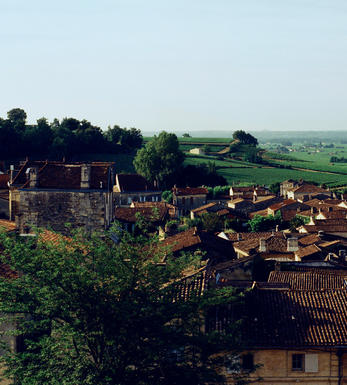
St Émilion
St Émilion is one of Bordeaux's largest producing appellations, producing more wine than Listrac, Moulis, St Estèphe, Pauillac, St Julien and Margaux put together. St Emilion has been producing wine for longer than the Médoc but its lack of accessibility to Bordeaux's port and market-restricted exports to mainland Europe meant the region initially did not enjoy the commercial success that funded the great châteaux of the Left Bank.
St Émilion itself is the prettiest of Bordeaux's wine towns, perched on top of the steep limestone slopes upon which many of the region's finest vineyards are situated. However, more than half of the appellation's vineyards lie on the plain between the town and the Dordogne River on sandy, alluvial soils with a sprinkling of gravel.
Further diversity is added by a small, complex gravel bed to the north-east of the region on the border with Pomerol. Atypically for St Émilion, this allows Cabernet Franc and, to a lesser extent, Cabernet Sauvignon to prosper and defines the personality of the great wines such as Ch. Cheval Blanc.
In the early 1990s there was an explosion of experimentation and evolution, leading to the rise of the garagistes, producers of deeply-concentrated wines made in very small quantities and offered at high prices. The appellation is also surrounded by four satellite appellations, Montagne, Lussac, Puisseguin and St. Georges, which enjoy a family similarity but not the complexity of the best wines.
St Émilion was first officially classified in 1954, and is the most meritocratic classification system in Bordeaux, as it is regularly amended. The most recent revision of the classification was in 2012
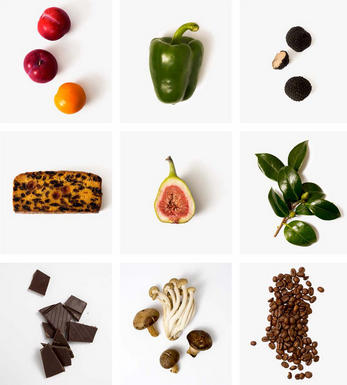
Merlot
The most widely planted grape in Bordeaux and a grape that has been on a relentless expansion drive throughout the world in the last decade. Merlot is adaptable to most soils and is relatively simple to cultivate. It is a vigorous naturally high yielding grape that requires savage pruning - over-cropped Merlot-based wines are dilute and bland. It is also vital to pick at optimum ripeness as Merlot can quickly lose its varietal characteristics if harvested overripe.
In St.Emilion and Pomerol it withstands the moist clay rich soils far better than Cabernet grapes, and at it best produces opulently rich, plummy clarets with succulent fruitcake-like nuances. Le Pin, Pétrus and Clinet are examples of hedonistically rich Merlot wines at their very best. It also plays a key supporting role in filling out the middle palate of the Cabernet-dominated wines of the Médoc and Graves.
Merlot is now grown in virtually all wine growing countries and is particularly successful in California, Chile and Northern Italy.


Buying options
Add to wishlist
Description
This is undoubtedly one of the very best St Emilions this year, with no hint of the excessive dryness of tannin which marked some others from this appellation. The bouquet has hints of black plum, raspberry and blackcurrant while on the palate there is a beguiling creamy texture, with huge intensity. The finish is long and the tannins very fine-grained. There is a slight toasty note from new oak but such is the concentration of fruit that this will be comfortably absorbed in a short while. The correct balancing acidity imparts a lovely freshness to the wine.
wine at a glance
Delivery and quality guarantee